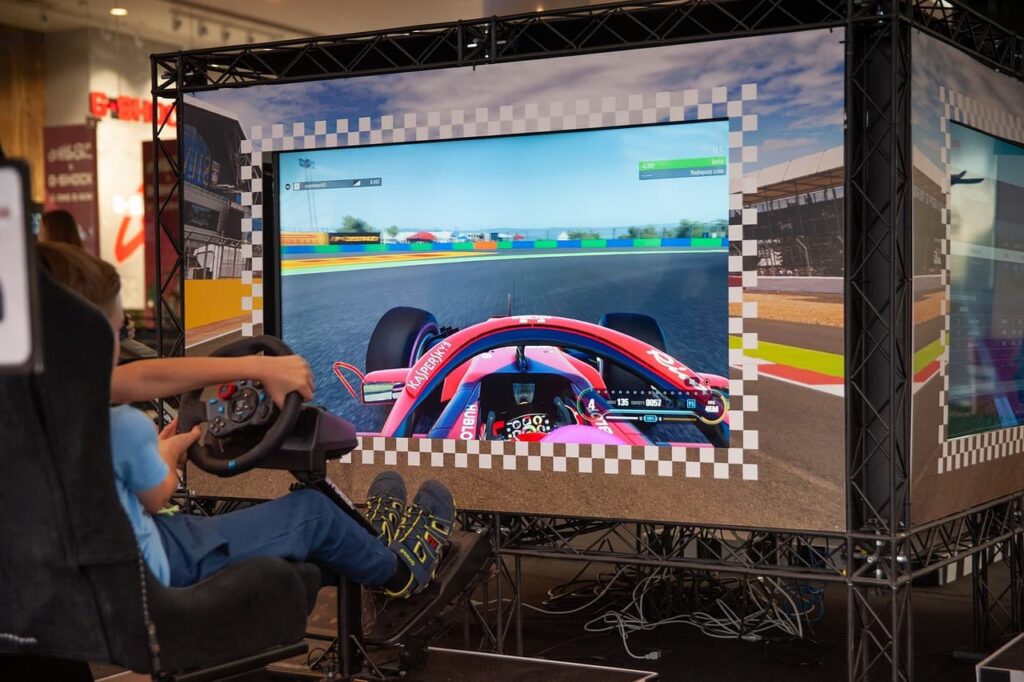The topic of balancing realism and playability in simulation games is complex, encompassing a variety of aspects such as target audience, instructional purposes, and technology limits. Before looking into how game designers achieve the balance between a genuine simulation and an entertaining gaming experience, it is critical to understand these variables.
Understanding Realism in Simulation Games
The physical, behavioral, and systemic components of realism in simulation games can all be considered. Physical realism refers to how accurately the game simulates real-world physics, such as aerodynamics in a flight simulator or ballistics in a military simulation. Behavioral realism is concerned with the behaviors and reactions of the game’s AI characters or agents. Systemic realism, on the other hand, is concerned with the bigger systems at work, such as economic, political, or ecological processes that may be replicated in the game.
The Quest for Playability
The elusive attribute that makes a game pleasant and compelling is playability. A game must not just be an exact simulation; it must also provide challenges and rewards that keep the user engaged. User interface design, tempo, learning curve, and overall enjoyment are all aspects of playability. Finding the correct balance between realism and playability is a difficult job that may be the difference between success and failure for a game.
The Balancing Act
Target Audience
Understanding the target audience is crucial. A game aimed at professionals for training purposes may prioritize realism, while one intended for casual gamers may focus on playability. For instance, Microsoft’s Flight Simulator aims for high fidelity in aircraft controls and environments but offers multiple difficulty levels to accommodate less experienced players.
Technological Constraints
Another consideration is the hardware and software constraints. Achieving high levels of realism often requires advanced graphics and computational power. However, not all players have access to such resources, which may necessitate some trade-offs to ensure wider accessibility.
Game Mechanics
Game designers use various mechanics to mediate between realism and playability. For example, a racing simulation might use real-world physics but offer assists like traction control to help novice players. These assists can often be toggled on or off, providing a customizable experience that can cater to both realism aficionados and those looking for a more relaxed gaming experience.
Educational Goals
In games with educational objectives, realism might serve to impart a specific skill or understanding. However, designers often incorporate game-like challenges and rewards to maintain engagement, providing a mix of realism for educational purposes and playability for engagement.

Case Studies
Games like “Kerbal Space Program” offer an excellent example of this balance. The game is praised for its realistic physics engine simulating space flight, but it also incorporates a humorous and approachable aesthetic with its green, alien Kerbals, making the subject matter less daunting for newcomers.
Another example could be “Civilization VI,” which simplifies complex geopolitical systems into turn-based gameplay. The game does not fully capture the intricacies of global politics, but it offers an engaging way to understand the basics of resource management, diplomacy, and conflict.
The football simulation game “Football Manager” is another case study worth mentioning. While the game aims for an authentic recreation of managing a football (soccer) team, it also offers a range of options for players who may not be well-versed in the complexities of football strategy and administration.
- Realism: The game features an extensive database of real players and clubs, detailed tactical options, and a simulation engine that takes into account numerous variables to produce a realistic match outcome.
- Playability: “Football Manager” allows players to delegate responsibilities to AI assistants, simplifying gameplay for those who might find the full range of managerial tasks overwhelming. It also offers a “Touch” version, which is streamlined for quicker gameplay.
SimCity, one of the pioneers in the city-building simulation genre, provides a different angle. While the game aims to simulate the challenges of city governance and urban planning, it employs a degree of abstraction to ensure the game remains fun and accessible.
- Realism: SimCity incorporates real-world urban planning principles, such as zoning, taxation, and public services, giving players a taste of what it’s like to be a city manager.
- Playability: The game streamlines many complexities inherent in city governance, using a more simplified economic model and automating certain tasks to keep players engaged without overwhelming them.
Both “Football Manager” and SimCity exemplify how realism and playability can coexist in simulation games. They offer a degree of complexity and authenticity that satisfies those looking for a realistic experience while also providing options and mechanics that make the games accessible and engaging for a broader audience.
Conclusion
The challenge of balancing realism and playability in simulation games is a complex undertaking that involves multiple considerations including the target audience, technological limitations, and specific game objectives. There is no one-size-fits-all approach, but by understanding these various factors, designers can create experiences that offer both an authentic simulation and an engaging game. The equilibrium achieved between these elements determines not only the commercial success of the game but also its potential impact as an educational or training tool.